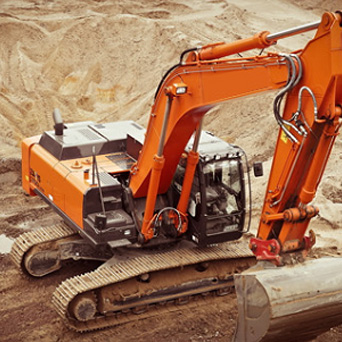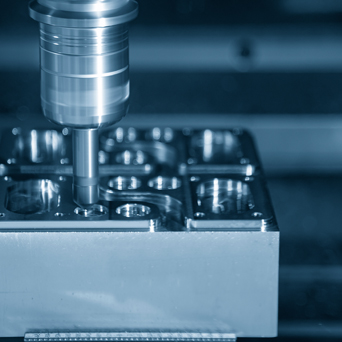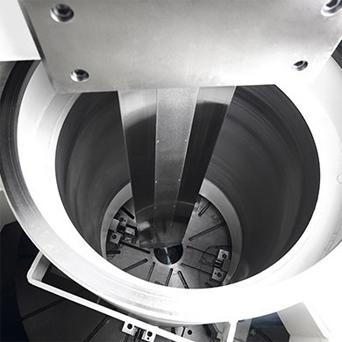Single Column Vertical Lathe Transmission System
The main movement of the single-column vertical lathe is the rotary movement of the table, and the feed movement is the movement of the vertical frame in the horizontal and vertical directions.
The auxiliary movement is the movement of the beam moving up and down. The single-column vertical lathe is equipped with a control cabinet and a fixed button station. All control equipment and numerical control systems are installed in the control cabinet. All operating equipment and the operation display unit of the numerical control system are It is installed on the button, and the motor, travel switch, solenoid valve, etc. are installed on the machine tool. Then, let's learn about the transmission system of the single-column vertical lathe together!
Ⅰ. Transmission system of single-column vertical lathe
After technical and economical feasibility analysis, a plan for using the numerical control system to transform the machine tool into numerical control was proposed. The single-column vertical lathe realized the full-digital DC speed regulation transformation of the main drive system of the machine tool, and the left tool post feed The numerical control reform of the system and the design and adjustment of the numerical control electrical control system are three aspects.
1. The transmission system of the single-column vertical lathe adopts a full-digital DC speed controller. The transformation includes the speed regulation scheme and the selection of the motor, the adjustment of the main transmission route, the design of the DC speed controller control circuit, and the PLC control program. On the basis of the transmission mechanism, the original hydraulic 16-level manual transmission of the machine tool is transformed into a hydraulic 4-level stepless speed regulation.
2. The numerical control transformation of the feed system of the left turret adopts the ball screw instead of the original sliding screw, semi-closed-loop control. Parameter calculation and selection of single-column vertical lathe ball screw pair and servo motor. The transformation content includes the selection of the control mode of the servo feed system and the determination of the transformation plan of the mechanical part of the feed system.
3. The design content of the CNC electrical control system mainly includes the composition and connection of the CNC electrical control system, the design and debugging of the PLC program, debugging and the setting of the basic parameters of the system. The single-column vertical lathe system effectively realizes the linkage control of the x-axis and z-axis of the left tool post.
Ⅱ. The application of vertical lathe
Vertical lathes are generally divided into single-column and double-column. The workpiece is easy to install and adjust, and the workbench is supported by guide rails, with high rigidity and smooth cutting.
There are several tool holders, and the tools can be quickly replaced. Small vertical lathes are generally single-column, and large vertical lathes are generally two-column.
The main feature of the vertical lathe structure is that the spindle is in the vertical position and the workbench is in the horizontal plane. The machining accuracy of the single-column CNC vertical lathe can reach 98, and the cutting diameter of the heavy-duty car can reach 860mm.
The single-column vertical lathe is mainly used for the processing of large workpieces, and the spindle of the single-column CNC vertical lathe is vertical. Many enterprises adopt numerical control to improve productivity and product quality, and reduce scrap rate and cost.
On the one hand, common failure forms such as abnormal damage of mechanical parts and pipe blockage will cause the temperature of the corresponding parts to rise. Therefore, overflow is a characteristic parameter indicating mechanical failure;
On the other hand, the performance of mechanical parts is closely related to the temperature. If the temperature is too high, the performance of the parts will decrease and the parts will be burned. Therefore, the temperature is also one of the important factors that cause the failure of the mechanical equipment of the single-column vertical lathe.
Therefore, and compared with the temperature when the mechanical device is working normally, the faulty part and the degree of fault are diagnosed. Temperature monitoring plays an important role in mechanical equipment fault diagnosis.
Temperature monitoring refers to the use of various temperature measuring equipment to measure the temperature rise of mechanical devices. In the fault diagnosis and monitoring of single-column vertical lathe mechanical equipment, the temperature measurement methods are divided into contact measurement and non-contact temperature measurement.
Contact temperature measurement is widely used in various industrial fields due to its fast, accurate and convenient characteristics.
-
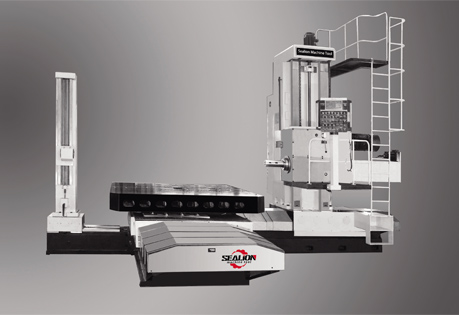
Maintenance and Operation Procedures for Horizontal Boring Machine
The operator of horizontal boring machine must be familiar with the general performance and structure of the machine, transmission system, and over-performance use is strictly prohibited.Before operat... -
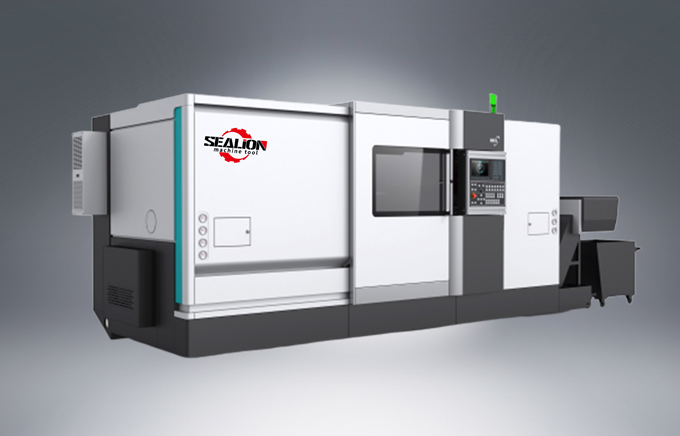
What You Should Pay Attention to During the Use of CNC Lathe
CNC lathes are the products of comprehensive high-tech applications such as computers, automatic control, automatic detection, and precision machinery. It is a typical mechatronics processing equipmen... -
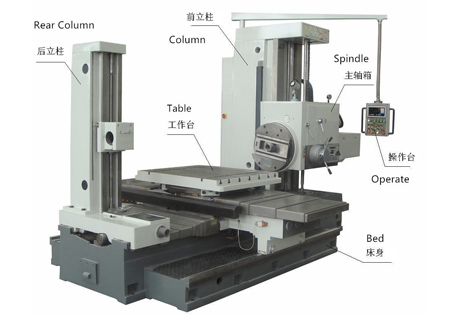
Operating Skills and Experience of CNC Lathe
Ⅰ. Programming skills of CNC latheBecause of the high accuracy requirements of products, we need to consider the following points when processing sequence of parts:1. Drill first and then flat end (t...


